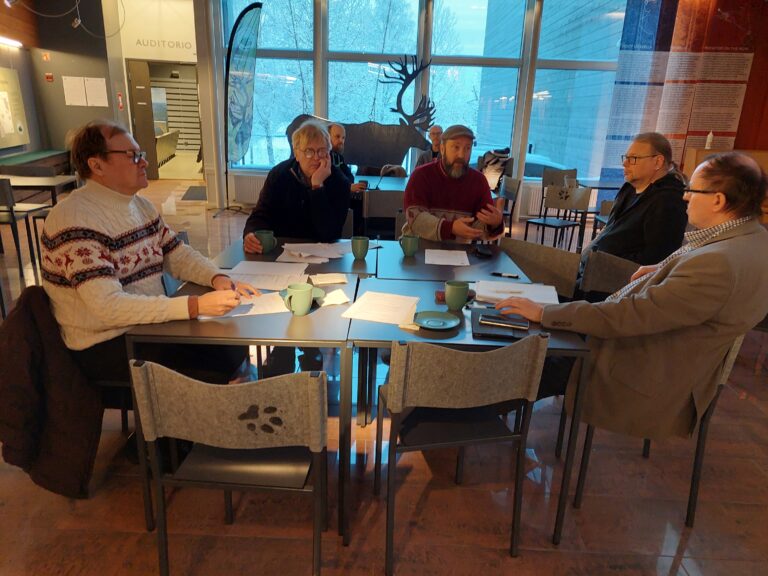Photo by David A. Strand
The parasite Gyrodactylus salaris is one of the major threats to stocks of Atlantic salmon in the North of Norway and Finland. This parasite has caused enormous ecological and economic damage in Norway after its introduction in the 1970-1980 and has probably been an important factor in the decline of the salmon parr population in the Russian river Keret and possibly in several rivers on the Swedish west coast.
The Interreg Aurora funded project Our Precious transboundary waters aim to protect vulnerable salmon populations in Pasvik, Neiden and Tana regions and contributes to stopping the further spread of the parasite. Improved monitoring for the lethal salmon parasite using eDNA methodology is one of the project objectives.
Researchers from Ruokavirasto in Finland visited the Norwegian Veterinary Institute (NVI) for discussions about treatment and demonstration of eDNA-methodology for early detection of the parasite Gyrodactylus salaris. The demonstration took place in Drammen, a river near Oslo where the salmon is infected. The project partners visited several locations in the river Drammen where the eDNA methodology was presented. All aspects of the method were presented and introduced, including on-site PCR detection using a handheld qPCR machine.
The project Our Precious transboundary waters has been appointed as an Operation of Strategic Importance by the Interreg Aurora Programme. This means a project which provides a significant contribution to the achievement of the objectives of the Interreg Aurora Programme. Read more about the project






